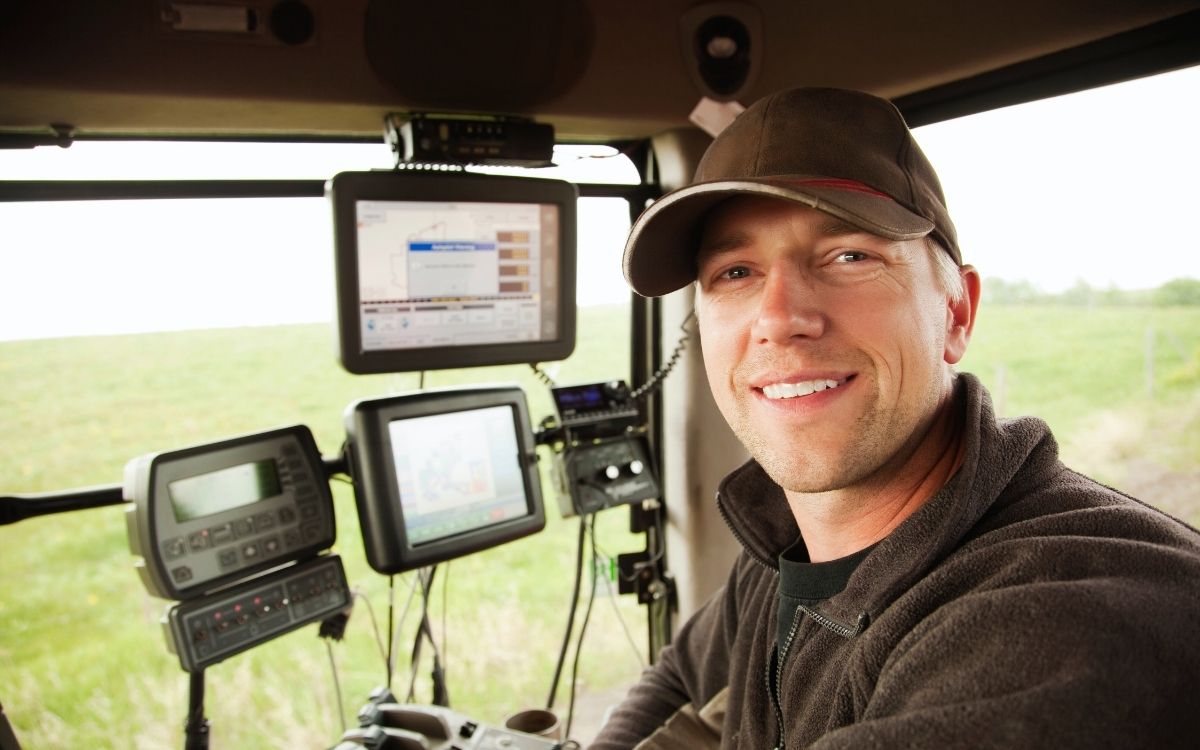Farming is evolving fast. GPS-ready tractors, cloud-linked grain bins, and smart irrigation systems make life on the farm more efficient. But with new conveniences come new vulnerabilities. Agriculture now ranks as the seventh most-targeted industry in the U.S. when it comes to cybersecurity threats, including hacking, data theft, and ransomware.
This is not science fiction. Experts break down the risks in two parts. First, there is data security: your financial records, farm reports, and customer information. Second, there is technology security: the risk that someone might remotely hijack or lock down your equipment and demand ransom. Small operations may fly under the radar simply because hackers view them as low-value targets. But for larger farms or connected operations, the danger is real.
What You’re Up Against
The threats facing modern farmers are more than just theoretical. Ransomware, phishing schemes, and attacks on automation are now everyday risks in agriculture. A single email that tricks you into revealing a password or clicking a malicious link can freeze your systems, and ransomware in particular has become one of the fastest-growing dangers. In fact, the agri-food sector saw 84 ransomware incidents in early 2025, more than twice as many as the same period the year before. Hackers know that farms often cannot afford downtime, so they gamble that victims will pay quickly just to keep equipment running.
Technology on many farms also lags behind the latest security standards. Much of the software and hardware was never designed to withstand modern cyberattacks, leaving gaps that are difficult to patch. These weaknesses have real consequences. One dairy farmer in Switzerland, for example, lost a pregnant cow after a ransomware attack crippled a milking robot. Beyond farms, the impact spreads into the broader food system. A disrupted harvest or halted supply chain can lead to shortages, while data breaches can weaken public trust in food safety and reliability.
Farmers Aren’t Alone
Despite these growing risks, farmers are not left to fend for themselves. The federal government has started to recognize agriculture as critical infrastructure, and that shift is bringing more resources and protections. The Farm and Food Cybersecurity Act of 2025 requires regular studies of emerging threats and mandates cross-sector simulations to prepare for potential crises. Agencies like CISA and the USDA now offer free guidance specifically tailored to the realities of farm operations, giving producers tools that were once out of reach.
Universities and extension services are also stepping up. Iowa State University is developing planning tools and emergency templates to help producers respond quickly if their systems are compromised. Other educational initiatives are spreading awareness about practical safeguards such as password hygiene, multi-factor authentication, and data backup strategies. Some programs even provide full cybersecurity curricula designed for agriculture, written in plain language so farmers and ranchers can grasp key concepts without needing an IT degree. Together, these efforts show that help is available, and the farming community does not have to tackle cybersecurity alone.
Practical Steps for Farmers
Here are actions you can take right now:
- Encrypt sensitive emails: Financial and insurance details should never be sent in plain text.
- Use strong passwords and MFA: Multi-factor authentication adds an extra layer of defense.
- Back up and test restores: If ransomware strikes, backups are your lifeline.
- Train your team: Everyone on the farm should know how to spot phishing attempts.
- Keep software updated: Install patches and updates for tractors, grain bin controllers, and other smart devices.
- Connect with extension services: Local experts can provide tailored guidance.
- Have a cyber response plan: Write down what steps to take if your systems are locked or your data is stolen.
- Stay plugged into industry resources: Follow updates from USDA, CISA, and cybersecurity coalition.
Modern farm machinery is smarter and more efficient, but it also comes with hidden threats. By encrypting emails, updating systems, training your team, and leaning on resources designed for agriculture, you can keep your operations and your data secure.


Leave a Reply